Canon 5D Mark III vs Nikon D800
Full-frame DSLRs go head to head
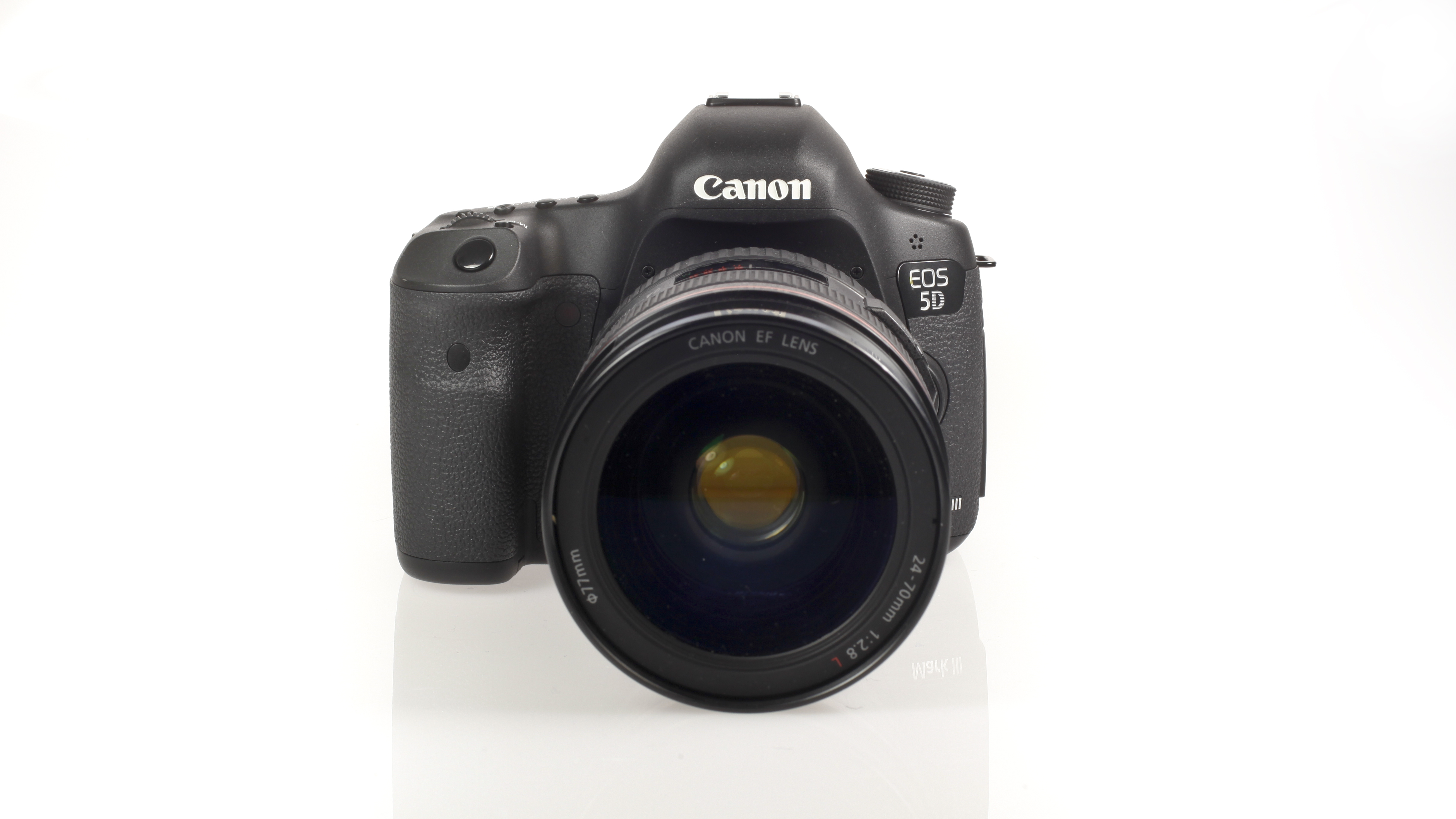
While the current trend among many manufacturers is towards decreasing the size of their cameras, many enthusiast photographers aspire to owning a larger DSLR with a full-frame sensor.
In some cases, these would-be full-frame shooters have a collection of lenses originally intended for use with a film SLR that they want to use without the APS-C format cropping of smaller SLRs.
They may also yearn for the additional control over depth of field that comes as a result of having a bigger sensor, and the enhanced image quality brought by that larger sensor is a huge draw for those looking to produce the best shots possible.
Naturally, these plus points come at a cost - a pretty big one. In fact, the Canon EOS-1DX (available in June) and Nikon D3X have retail prices in excess of £5,000/$6,500.
Fortunately, both brands offer more affordable options in the guise of the recently announced Canon EOS 5D Mark III and Nikon D800. With retail prices of £2,999/$3,499 and £2,599/$2,999 respectively, these cameras are still expensive, and neither would be an impulse purchase, but they are the most likely full-frame options for an enthusiast photographer.
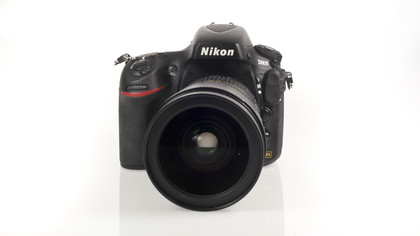
In this head-to-head test, we put them both through their paces to find out which is the best buy.
Headline features
After all the excitement of Nikon announcing the D800 with its 36.3 million pixel sensor, the 22.3 million pixel Canon EOS 5D Mark III seemed something of an anti-climax for some when it was announced roughly three weeks later.
Get daily insight, inspiration and deals in your inbox
Sign up for breaking news, reviews, opinion, top tech deals, and more.
This is hardly surprising when you consider that the Nikon D800 offers a pixel count three times that of the D700, while the 5D Mark III's pixel count is only 1.2 million higher than the 5D Mark II that it replaces. Even so, it has 4.2MP more than the 18.1MP Canon EOS-1DX, which sits at the top of Canon's DSLR lineup.
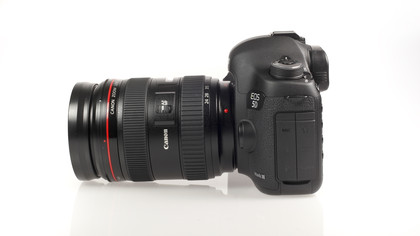
Thanks to its eight-channel readout and DIGIC 5 processing engine, the Canon EOS 5D Mark III can shoot continuously at a maximum rate of up to 6fps, while the Nikon D800's Expeed 3 engine enables it to shoot full-resolution images at up to four frames per second (fps).
Given its higher pixel count, it's not surprising that the Nikon D800's native sensitivity range (ISO 100-6400) is more restricted than the Canon 5D Mark III's, which runs from ISO 100-25600. Both cameras have expansion settings that enable the sensitivity to be reduced to the equivalent of ISO 50, and while the D800's maximum is ISO 25600, the 5D Mark III's is two stops higher, at ISO 102400.
This suggests that the Canon camera is a better option in low light than the Nikon, and we will be looking at noise levels carefully.
An HDR mode is an interesting addition to the Canon EOS 5D series, and Canon has made it of use to experienced photographers by enabling them to record all three of the constituent images as raw and/or JPEG files, as well as the merged shot.
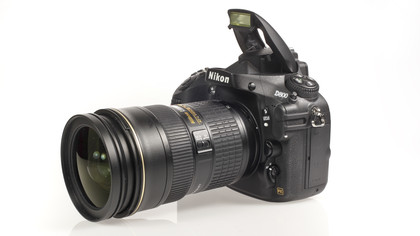
The D800 also has an HDR option that enables images to be shot with up to 3EV exposure variance, but it's a JPEG-only option and only the final, merged image is saved to the card.
On the subject of memory cards, Canon and Nikon have opted for the same dual card approach with the two cameras, and both have CF and SD/SDHC/SDXC card ports. So far the Nikon D4 is the only camera to feature a port for the new XQD format.
Those upgrading from an APS-C format camera may be surprised to discover that Canon doesn't consider a pop-up flash essential to its full-frame cameras. Nikon, however, takes a more generous approach, and the D800 has a built-in flash with a Guide Number (GN) of 12m at ISO 100. Helpfully, this flash supports Nikon's Advanced Wireless Lighting system, and can be used to control compatible flashguns without a cable connection.
Build and handling
Both cameras are built to a high standard, and are designed to cope with use in environments that would prove too hostile for an entry-level camera. Canon tells us that the 5D Mark III's weatherproofing is better than the Mark II's, and it's on a par with the EOS 7D's.
While the two cameras appear equally robust externally, with a claimed life of 200,000 cycles, the D800's shutter should outlast the 5D Mark III's.
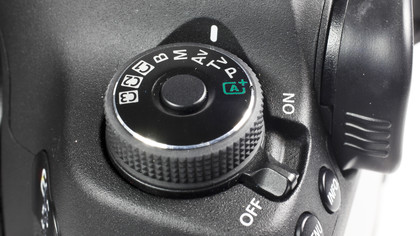
Canon and Nikon each have a loyal following, and both bands of users will feel broadly at home with their respective brand's camera and the approach to setting exposure and so on. However, the introduction of features such as Live View and video recording mean that the way we use a DSLR is changing, and consequently manufacturers need to adapt their camera control layout.
Both cameras on test have a switch for swapping between stills and video Live View modes. On the 5D Mark III the Start/Stop button surrounded by the Live View switch is used to start and stop video recording once the video Live View mode is activated.
The D800, however, has a dedicated button on is top plate, to the left of the shutter release, which is used to instigate video recording (the button with the red dot below). While there is logic to having a dedicated button, it seems odd to put it on the top of the camera when you're more likely to be looking at the screen on its back.
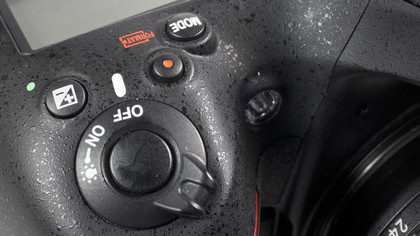
We will discuss the autofocus systems in more depth later, but it's worth noting here that the Nikon D800 uses a different approach to the D700 for setting the focus and AF point selection modes. The D800 has a switch and button to left of the lens mount, which is used in conjunction with the camera's two control dials. Rotating the rear dial switches between Single AF (AF-S) and Continuous AF (AF-C), while the front dial is used to toggle between the AF point selection options.
Helpfully, the focus mode and AF point selection mode is displayed in the viewfinder of the D800. While the 5D Mark III also displays the AF point selection mode in the viewfinder, it uses symbols in the AF point array to indicate the selected option, and this isn't quite as clear as the D800's approach.